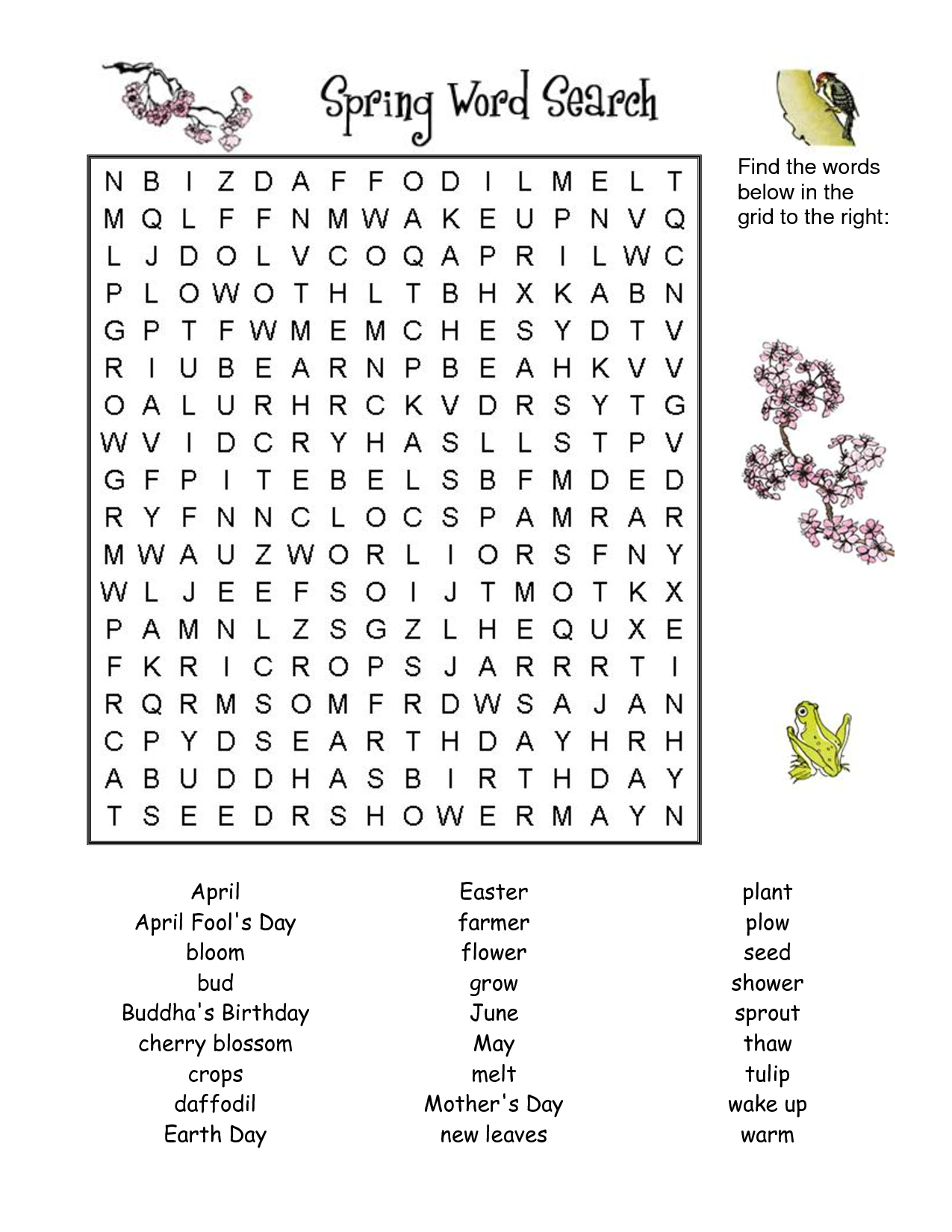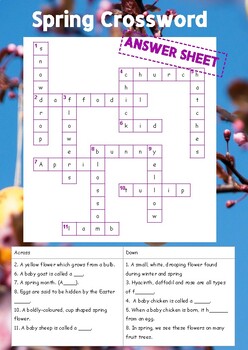

The word domino used to refer to the black-and-white blocks may have been linked to earlier uses of domino, meaning a black hooded cloak with a mask worn at masquerade parties or by priests. The name of this simple toy seems to have a rather odd origin.

If you have a penchant for jumping on the trampoline (we’re all kids at heart, right?), you may be ready to vault into these gymnastics terms. According to Nissen, the name came from the Spanish word trampolín, meaning “diving board.” Nissen was able to trademark the invention under the name Trampoline. This springy device was invented by George Nissen and patented in 1945. Let’s keep on bouncing and jump on over to the trampoline. For now, this one lacks a definitive answer. A common theory is that the pogo in pogo stick comes from the last names of Pohlig and Gottschall. In the 1920s, one of these patents was filled by two German men, Max Pohlig and Ernst Gottschall. Several toys that resembled springy stilts or hopping sticks can be traced back to patents filed by several different inventors. The origin of the name pogo stick is actually shrouded in mystery. The name Radio Flyer has graced the sides of the wagons ever since. When the Liberty Coaster Company started making more types of toys, founder Antonio Pasin picked a new name for his company based on his two favorite inventions: the radio and the airplane.

The wagons were originally called “Liberty Coasters,” named after the Statue of Liberty. These little red wagons are often referred to by the name of the company that makes them, Radio Flyer. Hampton’s new furry pet toy was originally referred to as “Furball,” but the more cutesy Furby eventually stuck. Two of Furby’s creators, David Hampton and Caleb Chung, liked the Tamagotchi but noticed that kids couldn’t pet it or cuddle with it as they often liked to do with real pets or with stuffed toys. Furbyīelieve it or not, the Tamagotchi was actually the inspiration for the hairy gremlin-like ’90s craze known as Furbies. The symbols that make up the name Nintendo have often been said to mean “leave luck up to Heaven.” This translation makes sense when you consider that Nintendo was originally founded to sell cards used in gambling games. The name of the American company Atari comes from the Japanese word atari, which is used in the Japanese game of Go similarly to the word check in the game of chess. According to most sources, the name Tamagotchi is a mashup of the Japanese word tamago (“egg”) and the English word watch, (“uotchi” in Japanese.) ’80s and ’90s kids should be familiar with this trio of Japanese-inspired names. In 1944, Betty looked in the dictionary and found the actual word slinky, which means “having graceful movements,” and thought it described the toy perfectly. Here is one for the dictionary fans-like us! The name of this toy was chosen by Betty James, the wife of Slinky inventor Richard James.

As a bonus bit of (kinda disturbing) trivia, Barbie’s boyfriend Ken is named after Ruth’s son, Kenneth. The toy is named after the daughter of businesswoman and Barbie inventor Ruth Handler.
Springy toy crossword full#
Only the real Barbie fans could tell you that Barbie’s full name is Barbara Millicent Roberts. WHAM-O was not a fan of the old name so they decided to adopt this new name for a toy also known generically as a “flying plastic disc.” Barbie The story goes that college students referred to Pluto Platters (the old name of the toy) as “Frisbies” because they resembled the pie tins from the bakery. The trademarked name Frisbee comes from the Frisbie Pie Company, an old Connecticut bakery. Speaking of genericization, we have another toy that has nearly suffered this fate. “Come come” and learn about more English words that came from the Philippines. The name yo-yo became so popular it was genericized, which means it now refers to any yo-yo regardless of brand, and no American company can legally trademark this name. It is unclear specifically which Philippine language yo-yo comes from, but the name means “come come” in Tagalog. This name comes from a patent filed in the US during the 1920s by Filipino yo-yo maker Pedro Flores and was inspired by a popular Filipino name for the toy. The stringed toy used to walk dogs and shoot moons has many names, but most of us know it as the yo-yo. Don’t forget to come back here after you’ve read through our “playful” list, so you can enjoy the ultimate gamer’s delight: a quiz on all these nostalgic games and toys! yo-yo


 0 kommentar(er)
0 kommentar(er)
